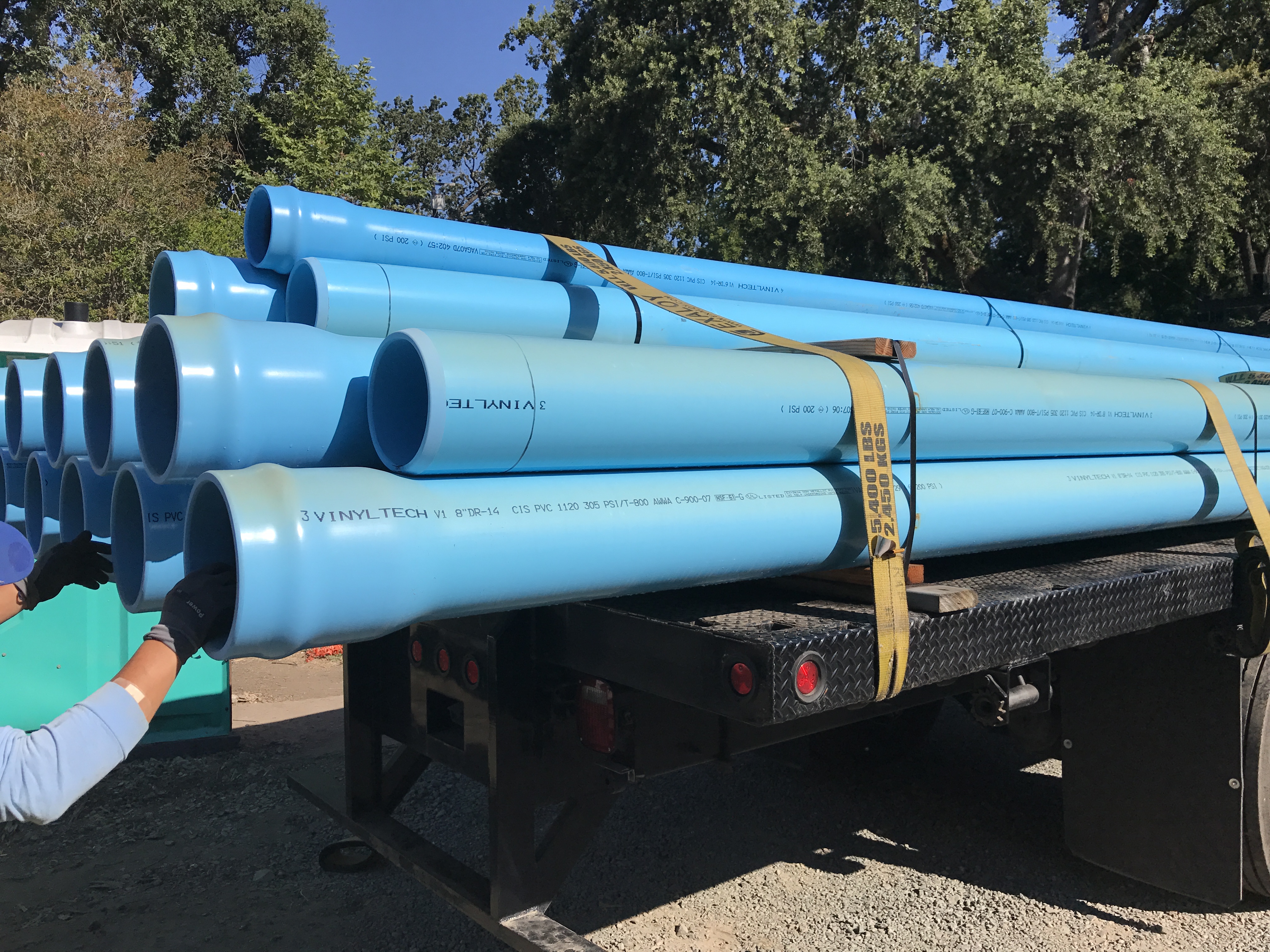
Consumptive use is an activity that draws water from a source within a basin and returns only a portion or none of the withdrawn water to the basin.Size Categories of Community Water Systems 5 Ninety-one percent of CWSs are designed to disinfect water, 23% are designed to remove or sequester iron, 13% are designed to remove or sequester manganese, and 21% are designed for corrosion control.EPA uses to monitor the quality of drinking water include: microorganisms, disinfectants, radionuclides, organic and inorganic compounds. The Safe Drinking Water Act (SDWA), enacted in 1974 and amended in 1986, 1996, and 2018, regulates contaminants in public water supplies, provides funding for infrastructure projects, protects sources of drinking water, and promotes the capacity of water systems to comply with SDWA regulations.In the process of delivering water from the San Francisco Bay-Delta to Southern California, the project uses 3%-4% of all electricity consumed in the state. The California State Water Project is the largest single user of energy in California, consuming between 6-9.5 billion kWh per year, partially offset by its own hydroelectric generation.Groundwater supply from public sources requires 2,100 kWh/million gallons-about 31% more electricity than surface water supply, mainly due to higher water pumping requirements for groundwater systems.Electricity use accounts for around 80% of municipal water processing and distribution costs. 7 Cities, on average, use 3,300-3,600 kWh/million gallons of water delivered and treated. electricity use goes towards pumping and treating water and wastewater, a 52% increase in electricity use since 1996. 4 Florida, New York, and Maryland accounted for 50% of saline water withdrawals. 4 These states along with Idaho, Florida, Arkansas, New York, Illinois, Colorado, North Carolina, Michigan, Montana, and Nebraska account for more than 50% of U.S. In 2015, California and Texas accounted for 16% of U.S.4 Irrigation includes water applied to agricultural crops along with the water used for landscaping, golf courses, parks, etc.

Though 41% of daily water use is for power generation, only 3% of these withdrawals are consumptive. 4 Thermoelectric power plants use water for cooling.

Thermoelectric power (133 Bgal/d) and irrigation (118 Bgal/d) accounted for the largest withdrawals. water use was approximately 322 billion gallons per day (Bgal/d), 87% of which was freshwater. 2 In marine systems such as south Florida, increased fresh water demand has led to the use of desalinization plants.

1 The arid southwest faces droughts, and decreasing water levels at the U.S.’s largest reservoirs Lake Powell and Lake Mead are impacting hydropower production. Failure by the government to enforce drinking water regulations and promptly protect public health resulted in lead contamination and cases of Legionnaires’ disease in Flint, MI. The problems and solutions to maintaining water supply vary significantly by region.
/street-humanizing-pedestrianizing-it-512936406-582ddc495f9b58d5b17d7784.jpg)
Over the last century, the primary goals of water treatment have remained the same-to produce water that is biologically and chemically safe, appealing to consumers, and non-corrosive and non-scaling. For some of these uses, the available water requires treatment prior to use. Human uses include drinking, bathing, crop irrigation, electricity generation, and industrial activity.


 0 kommentar(er)
0 kommentar(er)
